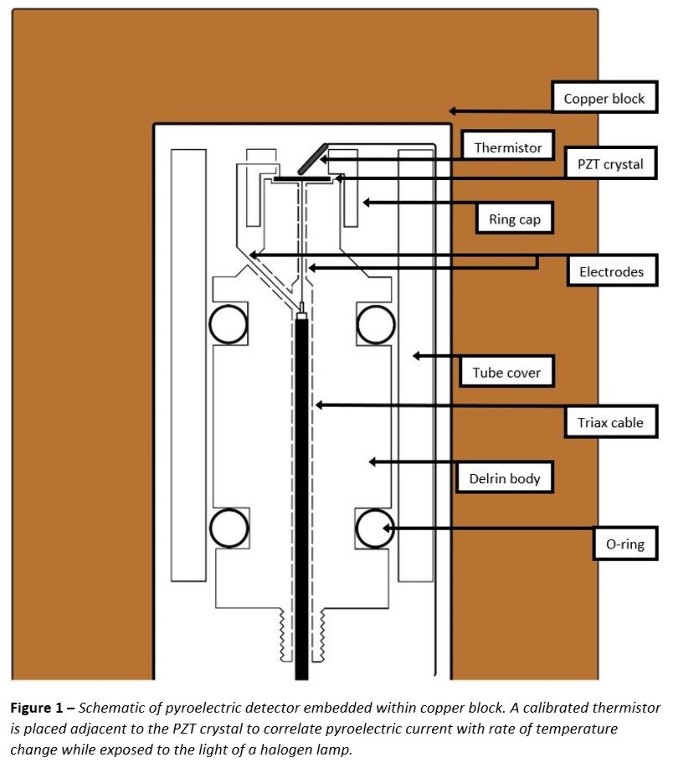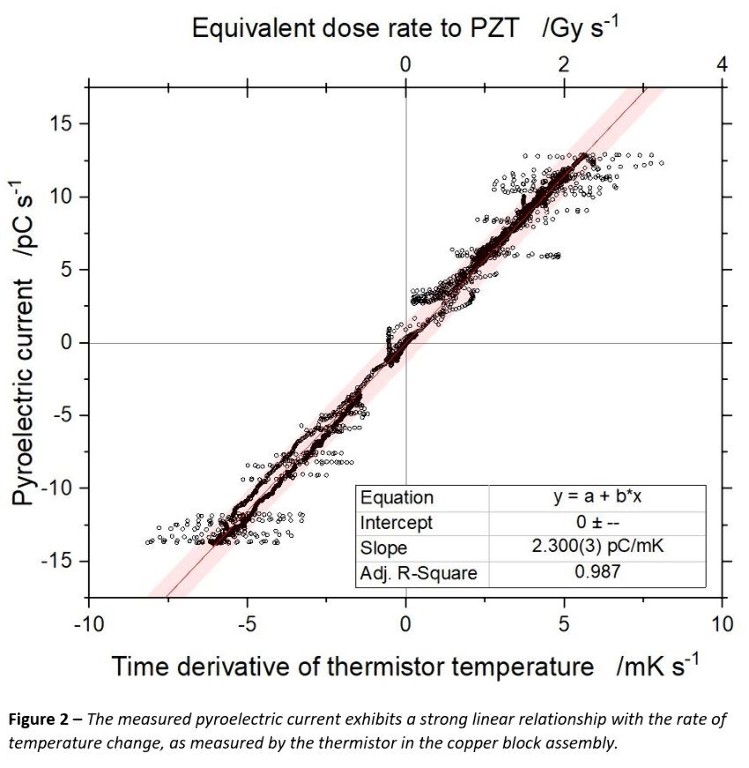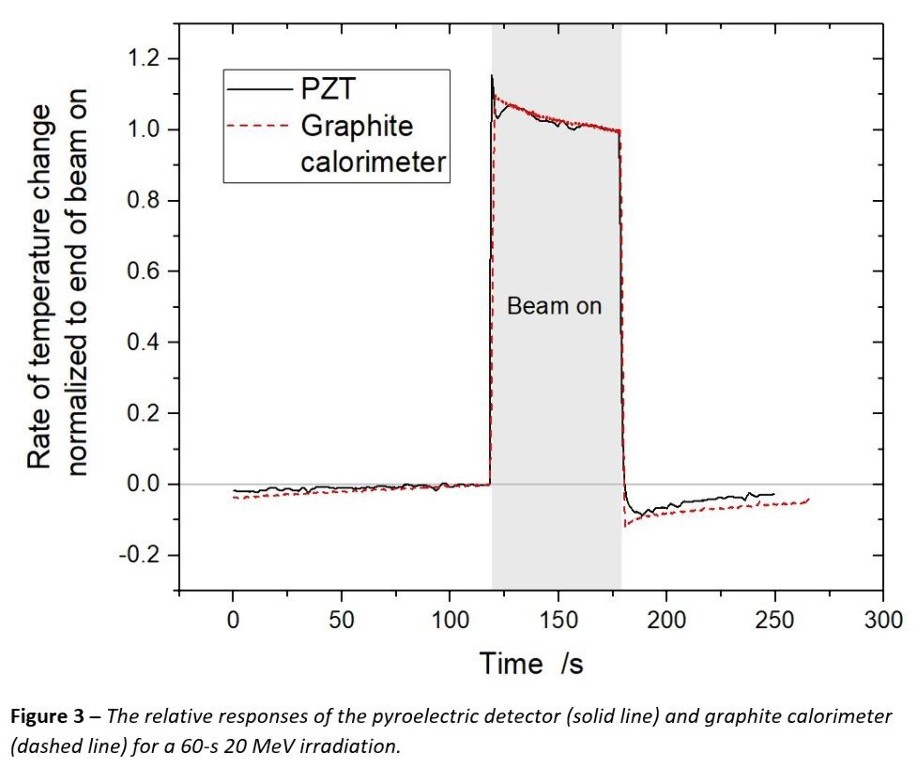
Author Of 3 Presentations
OVERVIEW AND CURRENT STATUS OF THE JOINT RESEARCH PROJECT UHDPULSE - “METROLOGY FOR ADVANCED RADIOTHERAPY USING PARTICLE BEAMS WITH ULTRA-HIGH PULSE DOSE RATES”
Abstract
Background and Aims
Dosimetry for FLASH radiotherapy, VHEE radiotherapy as well as for laser-driven beams cause significant metrological challenges due to the ultra-high dose rates and pulsed structure of these beams, in particular for real time measurements with active dosimeters. It is not possible to simply apply existing Codes of Practice available for dosimetry in conventional external radiotherapy here. However, reliable standardized dosimetry is necessary for accurate comparisons in radiobiological experiments, to compare the efficacy of these new radiotherapy techniques and to enable safe clinical application. UHDpulse aims to develop the metrological tools needed for reliable real-time absorbed dose measurements of electron and proton beams with ultra-high dose rate, ultra-high dose per pulse or ultra-short pulse duration.
Methods
Within UHDpulse, primary and secondary absorbed dose standards and reference dosimetry methods are developed, the responses of available state-of-the-art detector systems are characterised, novel and custom-built active dosimetric systems and beam monitoring systems are designed, and methods for relative dosimetry and for the characterization of stray radiation are investigated.
Results
Prototypes of different active dosimetry systems show promising results for real-time dosimetry for particle beams with ultra-high pulse dose rates. The results of the UHDpulse project will be the input data for future Codes of Practice.
Conclusions
A brief overview of the progress in the UHDpulse project and the involved institutions will be given.
Acknowledgement: This project 18HLT04 UHDpulse has received funding from the EMPIR programme co-financed by the Participating States and from the European Union’s Horizon 2020 research and innovation programme.
PERFORMANCE OF A PROBE-TYPE GRAPHITE CALORIMETER (AERROW) IN ULTRA-HIGH DOSE PER PULSE ELECTRON BEAMS
Abstract
Background and Aims
One of the challenges in investigating FLASH radiation therapy is the reliable measurement of the absorbed dose at ultra-high dose per pulse (DPP). This work aims to evaluate a probe-type graphite calorimeter (Aerrow) at ultra-high DPP.
Methods
The DPP was varied between 0.5 to 5.5 Gy. The signal was compared to the pulse charge measured by a non-destructive Integrating Current Transformer (ICT). In addition, a depth dose curve was measured and compared to an ionization chamber measurement and a Monte-Carlo simulation.
Results
The response of the calorimeter was proportional to the ICT signal. On average, the standard deviation of the calorimeter response was 0.2 % in high dose rate and reached 1% at the lower rate. In figure 1, the depth dose measurement with calorimeter and ionization chamber is compared to Monte-Carlo simulation. The half-value depths in water R50 obtained from measurement and simulation agree within 1 mm.

Figure 1: Depth dose in water measured and simulated.
Conclusions
Calorimetry is showing promising results for absorbed dose measurements. Calorimetry gets simpler at FLASH dose rates as the dose delivery is in a few seconds or less. The preliminary results show that advanced thermal insulation of the calorimeter is not required, nor the use of a heat lost correction factor.
Acknowledgement: This project 18HLT04 UHDpulse has received funding from the EMPIR programme co-financed by the Participating States and from the European Union’s Horizon 2020 research and innovation programme.
PROOF OF PRINCIPLE OF A PYROELECTRIC CALORIMETER WITH ELECTROMETER READOUT FOR THE ABSOLUTE DOSIMETRY OF FLASH RADIATION
Abstract
Background and Aims
Given the extremely high doses-per-pulse in FLASH radiotherapy, calorimetry-based dosimetry is a proposed alternative to ion chambers, which perform poorly under such conditions. However, to-date, calorimeters require instrumentation for readout that is too complex and specialized for routine clinical use. This work describes the development and initial characterization of a pyroelectric calorimeter capable of FLASH dosimetry measurements that can be read out with only an electrometer.
Methods
The pyroelectric crystal (lead‑zirconate-titanate; PZT) is a current source with a signal magnitude that is directly proportional to a change in temperature, hence a calorimeter. As an initial characterization, a thermistor was affixed to the crystal and the assembly was embedded in a copper block. The temperature of the copper was then modulated by exposing it to the heat of a halogen lamp, simulating the effect of a FLASH beam. Concurrent pyroelectric and graphite calorimetry measurements were then carried out in a 20 MeV electron beam.
Results
Thermal calibration data spanning rates of temperature change from ± 8 mK∙s-1, or up to 3.5 Gy∙s-1 equivalent dose rate demonstrates that pyroelectric current varies linearly with the time derivative of the measured temperature. When irradiated, the ratio of pyroelectric current to graphite calorimeter dose was consistent to within an RMS of 0.6 %.

Conclusions
This proof of principle demonstrates the feasibility of operating a pyroelectric calorimeter with an electrometer for the purpose of absolute determination of absorbed dose rates greater than a few Gy∙s‑1, relevant for FLASH dosimetry.

